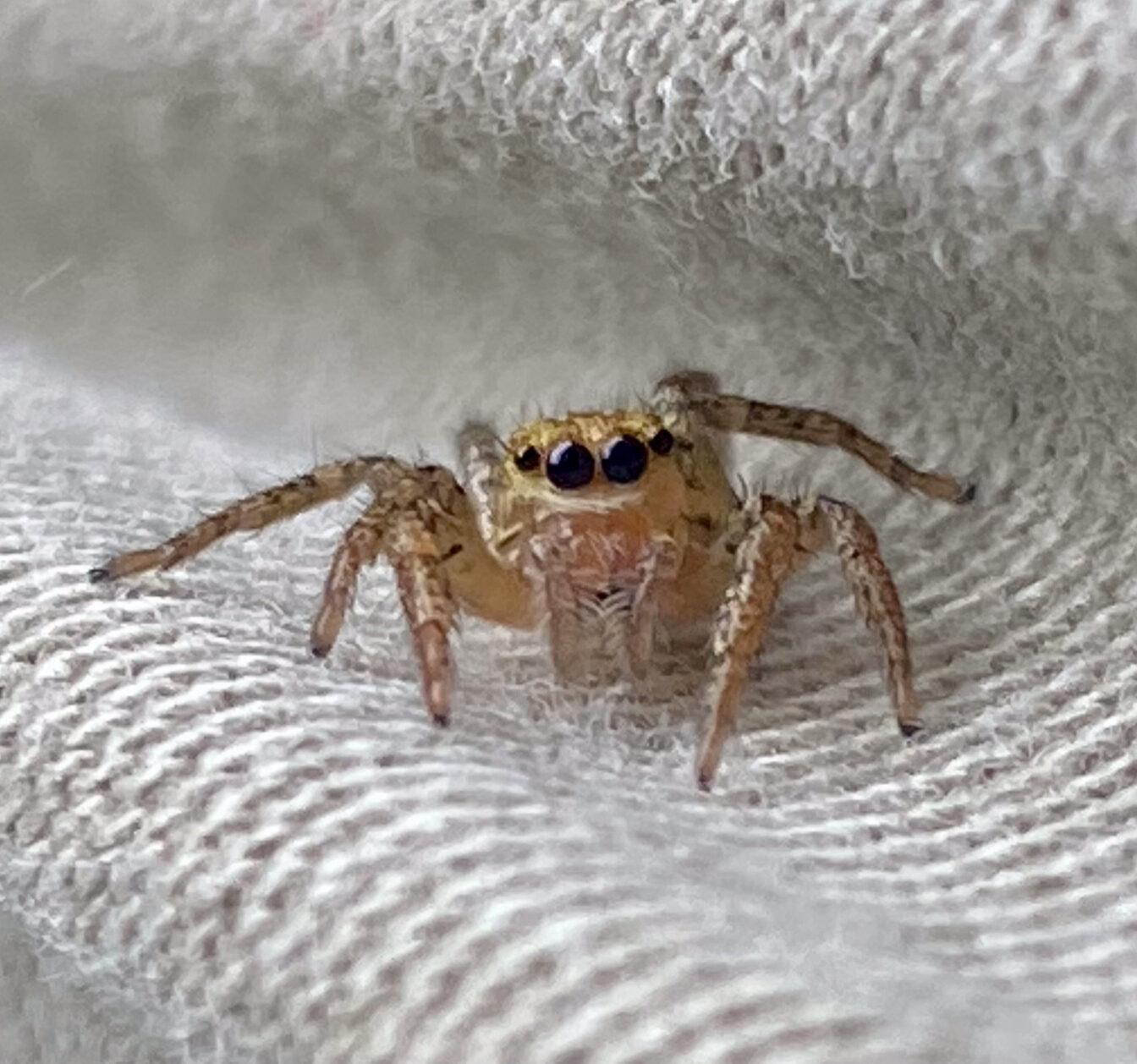The University of Wisconsin Arboretum hosted the last Virtual Winter Enrichment Lecture Feb. 22, titled “Spiders: Tiny Tool-Users in Wisconsin and Beyond,” hosted by UW–Green Bay professor of biology at Michael Draney.
The lecture examined the ancient and diverse world of spiders, often misunderstood and undervalued in Wisconsin’s native biodiversity. Draney took participants through a journey exploring spider’s unique features, including spinnerets for silk production and modified mouthparts for sperm transfer.
“They have kind of a bad reputation in our culture, and I think that has more to do with human psychology than it does with spider biology,” Draney said.
While spiders are often seen as a threat to humans, only a select few pose a danger to humans, and deaths from spider bites are rare, Draney said. Only about one death per decade occurs as a direct result of a spider bite, according to the University of Texas Southwestern Medical Center.
Instead, Draney thinks of spiders as “tiny tool-using tigers,” essential predators in various ecosystems dating back 350 million years.
“Spiders are predators like tigers but use technology — particularly silk — to catch their prey,” Draney said.
Silk enables spiders to create egg sacs for protection, line their burrows for warmth and stability, and construct webs for capturing prey, Draney said. Spiders possess up to seven different types of silk glands, all of which are strong, resilient and remarkably light.
There are over 50,000 described species of spiders, making them the seventh largest order of animals, Draney said. With such a wide range of species, studying spider genitalia for species identification is crucial for spider scientists.
“I spend most of my time looking at the genitalia of spiders because that’s the easiest way to tell them apart,” Draney said.
The unique morphology of genitalia often serves as a barrier to hybridization between closely related species, therefore maintaining species boundaries and genetic integrity, Draney said.
In-person lectures will continue to be held at the UW Arboretum through March 28 on subjects including fungi, art in nature and more. Lectures are $10 for the public and free for students.


